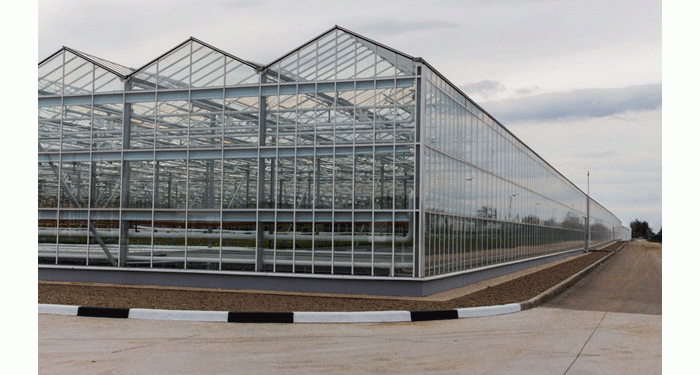For farmers looking to overcome the unpredictable nature of weather and seasons, greenhouse farming presents a highly effective solution. Greenhouses, which are structures with transparent glass or plastic covers, allow for precise control of environmental factors such as temperature, humidity, and light. This method is gaining popularity among farmers seeking higher yields and protection from crop diseases.
Key Benefits of Greenhouse Farming
- Climate Control:
One of the greatest advantages of greenhouse farming is the ability to control the internal climate. According to Dr. Arun Kumar Rajbhar from the Krishi Vigyan Kendra, farmers can maintain cooler temperatures inside the greenhouse during summer and warmer conditions during winter. This flexibility allows for the off-season cultivation of crops that would otherwise be impossible under natural conditions. - Extended Growing Seasons:
Greenhouse systems enable farmers to grow crops year-round, breaking free from the traditional growing seasons. For example, winter vegetables like spinach, cauliflower, and carrots can be successfully grown during the summer, while summer crops like tomatoes and cucumbers can flourish in winter. This provides a constant supply of fresh produce, making farms more resilient to market fluctuations and increasing profits. - Disease and Pest Control:
With controlled environments, the risk of diseases and pests is significantly reduced. Since the plants are enclosed, exposure to harmful external conditions is minimized, helping farmers reduce their dependency on chemical pesticides. This leads to healthier crops and aligns with the increasing global demand for organic and sustainable farming practices.
Economic Impact and Future Prospects
Farmers who adopt greenhouse farming can expect a noticeable increase in their yields. Studies show that yields from greenhouses can be 2-3 times higher compared to open-field farming, and the crops tend to have better quality. Though the initial investment in setting up a greenhouse can be high, the long-term benefits—especially in terms of increased production and lower losses from weather or pests—make it a worthwhile investment.
In India, greenhouse farming is becoming a key contributor to agricultural productivity. According to recent data, the country’s protected cultivation area has been growing steadily as more farmers are seeing the benefits of this method. States like Maharashtra, Karnataka, and Uttar Pradesh are leading the way in adopting greenhouse technologies, with support from government subsidies and training programs.
Greenhouse farming offers a practical, highly productive alternative to traditional open-field agriculture. It not only provides farmers with year-round crop production capabilities but also shields them from the risks associated with erratic weather and pest infestations. For farmers, agronomists, and agricultural scientists, this technology opens new avenues to improve food security, profitability, and sustainability.












